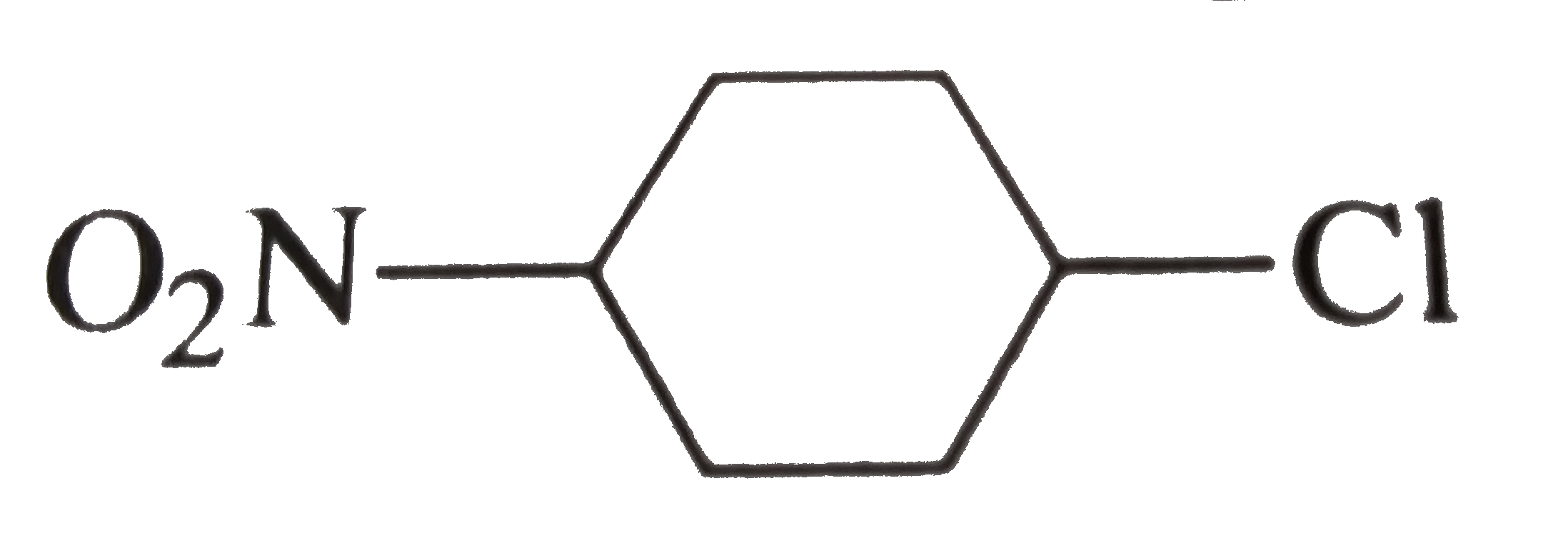Dipole-induced dipole interaction are present in which of the following pairs
H2O and alcohol
Cl2andCCl4
HCl and He atoms
SiF4 and He atoms
The correct Answer is:C
To solve the question regarding dipole-induced dipole interactions present in the given pairs, we will analyze each option step by step.
1. Understanding Dipole-Induced Dipole Interaction:
- Dipole-induced dipole interactions occur when a polar molecule induces a dipole in a non-polar molecule or atom. This happens because the electric field of the polar molecule disturbs the electron cloud of the non-polar species, creating a temporary dipole.
2. Analyzing the Options:
- We have four pairs to analyze:
1. Water and Alcohol
2. Protein and CCl4
3. HCl and Helium atoms
4. SiF4 and Helium atoms
3. Option 1: Water and Alcohol:
- Both water (H2O) and alcohol (like methanol, CH3OH) are polar molecules. Since both are polar, they cannot exhibit dipole-induced dipole interactions.
- Conclusion: This option does not have dipole-induced dipole interactions.
4. Option 2: Protein and CCl4:
- Proteins are large biomolecules that can have polar regions, but CCl4 (carbon tetrachloride) is a non-polar molecule. However, since the protein is predominantly polar, this pair does not fit the criteria for dipole-induced dipole interactions, as both components do not interact in the required manner.
- Conclusion: This option does not have dipole-induced dipole interactions.
5. Option 3: HCl and Helium atoms:
- HCl is a polar molecule, with a dipole moment due to the electronegativity difference between hydrogen and chlorine. Helium, being a noble gas, is non-polar. In this case, HCl can induce a dipole in the helium atom, making this pair exhibit dipole-induced dipole interactions.
- Conclusion: This option has dipole-induced dipole interactions.
6. Option 4: SiF4 and Helium atoms:
- SiF4 (silicon tetrafluoride) is a symmetrical molecule, which makes it non-polar. Helium is also non-polar. Since both are non-polar, they cannot exhibit dipole-induced dipole interactions.
- Conclusion: This option does not have dipole-induced dipole interactions.
Final Answer:
The only pair that exhibits dipole-induced dipole interactions is HCl and Helium atoms.
- Dipole-induced dipole interactions occur when a polar molecule induces a dipole in a non-polar molecule or atom. This happens because the electric field of the polar molecule disturbs the electron cloud of the non-polar species, creating a temporary dipole.
- We have four pairs to analyze:
1. Water and Alcohol
2. Protein and CCl4
3. HCl and Helium atoms
4. SiF4 and Helium atoms
- Both water (H2O) and alcohol (like methanol, CH3OH) are polar molecules. Since both are polar, they cannot exhibit dipole-induced dipole interactions.
- Conclusion: This option does not have dipole-induced dipole interactions.
- Proteins are large biomolecules that can have polar regions, but CCl4 (carbon tetrachloride) is a non-polar molecule. However, since the protein is predominantly polar, this pair does not fit the criteria for dipole-induced dipole interactions, as both components do not interact in the required manner.
- Conclusion: This option does not have dipole-induced dipole interactions.
- HCl is a polar molecule, with a dipole moment due to the electronegativity difference between hydrogen and chlorine. Helium, being a noble gas, is non-polar. In this case, HCl can induce a dipole in the helium atom, making this pair exhibit dipole-induced dipole interactions.
- Conclusion: This option has dipole-induced dipole interactions.
- SiF4 (silicon tetrafluoride) is a symmetrical molecule, which makes it non-polar. Helium is also non-polar. Since both are non-polar, they cannot exhibit dipole-induced dipole interactions.
- Conclusion: This option does not have dipole-induced dipole interactions.
The only pair that exhibits dipole-induced dipole interactions is HCl and Helium atoms.
Similar Questions
Knowledge Check
Assertion : Dipole - dipole forces acting between the molecules possessing permanent dipole , are weaker than ion - ion interactions .
Reason : The attractive forces decrease with the increase of distance between the dipoles .AIf both assertion and reason are true and reason is the correct explanation of assertion .BIf both assertion and reason are true but reason is not the correct explanation of assertion .CIf assertion is true but reason is false .DIf both assertion and reason are false .
The intermolecular forces operating between two constituent particles depends on the distance between the centres of the molecules. Dipole-dipole interactions are inversely proportional to 3rd power of the distance where as dipole induced dipole interaction are inversely proportional to the sixth power of intermolecular distances.
In which of the following the extent of interaction is proportional to 1r6 where (r = intermolecular distance)
View SolutionThe high density of water compared to ice is due to
(a)hydrogen bonding interactions
(b)dipole -dipole interactions
(c)dipole - induced dipole interactions
(d)induced dipole -induced dipole interactions
View SolutionThe intermolecular forces operating between two constituent particles depends on the distance between the centres of the molecules. Dipole-dipole interactions are inversely proportional to 3rd power of the distance where as dipole induced dipole interaction are inversely proportional to the sixth power of intermolecular distances.
The forces in dry ice are proportional to (r = intermolecular distance)
View SolutionHow many cases have 'Dipole-induced dipole' interaction ?
(a) Br2 in water , (b) NH3 in H2O , (c) CO2 in water , (d) O2 in water , (e) 'Xe' in water
View SolutionZero dipole moment is present in
View SolutionCompare the dipole moments of the compounds in the following pairs.
HF,HCl
View SolutionCalculate the dipole moment of the following compound
 .
.
View Solution
